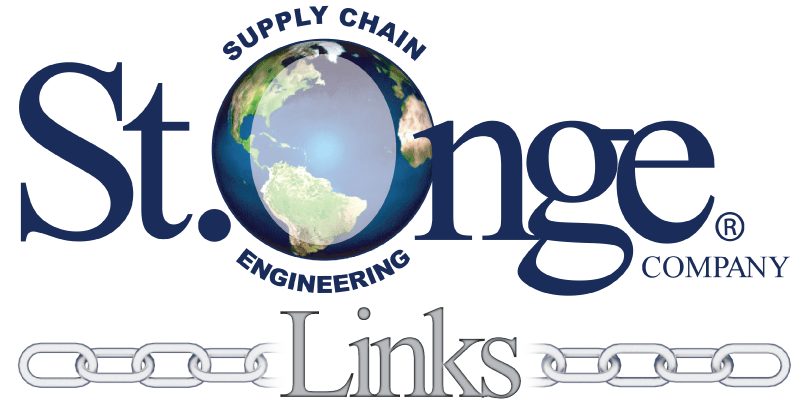 Strengthening your supply chain one link at a time.
Strengthening your supply chain one link at a time.
This blog is a continuation of the previous St. Onge Company blog, “To Buy or Not to Buy” that compared On-Premise/buy and Software as a Service (SaaS)/rent deployment options. Where the first blog reviewed internal resources and data security factors, this blog will address financial implications and company strategy factors.
On-Premise software deployments are typically covered by capital expense (CapEx) funds and can result in a large initial outlay. Alternatively, SaaS fees are typically an operational expense (OpEx) item with a monthly subscription or pay-as-you-go fee. It is important to avoid the mistake of only taking these two costs into consideration when comparing the two.
A Total-Cost-of-Ownership (TCO) analysis should be performed to take all factors into consideration including resources required, financial implications plus company and IT department goals such as:
What if one of your IT department’s goals consists of freeing up the IT budget to focus more on internal system and software development? Generally, the average IT software budget is comprised of 60% infrastructure, 30% maintenance, and 10% development. 45% of those software maintenance costs are comprised of bug fixes, modifications, and application performance improvements. If organizations can decrease these IT costs dedicated to keeping the business running (60% IT software infrastructure and almost half of the IT software maintenance costs), IT could focus their efforts on development allowing them to (potentially) provide more value to the organization. If this is a goal, going with a SaaS solution could possibly allow IT to free up resources to focus on development.
Now, there is a third option that the SCES industry is exploring, hybrid cloud deployment. Dell defines a hybrid cloud as, “a combination of on-premise and cloud infrastructure, but also includes technology that connects all cloud resources.” They go on to say that this hybrid simplifies the management of workloads across all cloud platforms with one common set of tools. The hybrid cloud infrastructure could include a combination of cloud platforms that are either (1) public via a trusted third-party provider; or (2) private via on-premise or hosted private cloud provider. Keep a watch for this new option.
When you are considering buying or renting a house or condominium, you don’t only consider how much it costs but also your future goals or plans, level of responsibility you want, and other factors. For instance, you may consider if you want a life of travel or not. Considering all factors is basically a TCO analysis. Why would it be different in business?
A TCO analysis is important in the On-Premise versus SaaS (or maybe a hybrid?) deployment question. There is no “one size fits all”. Only your organization can determine which option is right for you. However, if you need assistance with SCES deployment options or analyzing your Supply Chain processes and systems, let us know if we can help!
Stay tuned for more as we continue to explore the supply chain industry and systems in future posts and subscribe to our blog to ensure you don’t miss any!
—Jess Kittrell, St. Onge Company